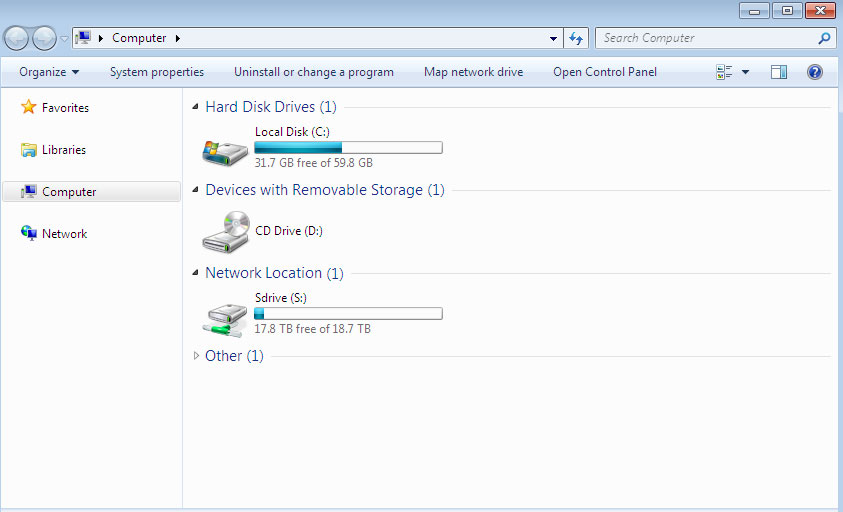Once the networking system has been relaunched, test the NICs.
To verify that an Ethernet card is configured correctly, ping(8) the interface itself, and then ping(8) another machine on the LAN:
To test network resolution, use the host name instead of the IP address. If there is no DNS server on the network,
/etc/hosts must first be configured. To this purpose, edit /etc/hosts to add the names and IP addresses of the hosts on the LAN, if they are not already there. For more information, refer to hosts(5) and to /usr/share/examples/etc/hosts.When troubleshooting hardware and software configurations, check the simple things first. Is the network cable plugged in? Are the network services properly configured? Is the firewall configured correctly? Is the NIC supported by FreeBSD? Before sending a bug report, always check the Hardware Notes, update the version of FreeBSD to the latest STABLE version, check the mailing list archives, and search the Internet.

If the card works, yet performance is poor, read through tuning(7). Also, check the network configuration as incorrect network settings can cause slow connections.
Some users experience one or two device timeout messages, which is normal for some cards. If they continue, or are bothersome, determine if the device is conflicting with another device. Double check the cable connections. Consider trying another card.
To resolve watchdog timeout errors, first check the network cable. Many cards require a PCI slot which supports bus mastering. On some old motherboards, only one PCI slot allows it, usually slot 0. Check the NIC and the motherboard documentation to determine if that may be the problem.
No route to host messages occur if the system is unable to route a packet to the destination host. This can happen if no default route is specified or if a cable is unplugged. Check the output of
netstat -rn and make sure there is a valid route to the host. If there is not, read Section 31.2, “Gateways and Routes”.ping: sendto: Permission denied error messages are often caused by a misconfigured firewall. If a firewall is enabled on FreeBSD but no rules have been defined, the default policy is to deny all traffic, even ping(8). Refer to Chapter 30, Firewalls for more information.
Sometimes performance of the card is poor or below average. In these cases, try setting the media selection mode from
autoselect to the correct media selection. While this works for most hardware, it may or may not resolve the issue. Again, check all the network settings, and refer to tuning(7).Topics Map > OS and Desktop Applications > Operating Systems > Mac OS X
This document details how to delete/reset network adapters in OS X.
Note: You will need Administrative privileges on the computer to perform this action.
- Open System Preferences from within the Apple menu.
- Choose the Network option.
- Highlight the network adapter that is causing difficulties and press the '-' sign in the bottom of the left hand column.
- Click Apply in the bottom right hand corner of the page to apply these changes.
- It is strongly recommended that you restart the computer to apply these changes.
- After restarting the machine, open the Network panel by repeating Steps 1-2.
- If the adapters which you previously removed have not appeared, you will need to press the '+' sign in the bottom of the left hand column.
- Choose the interface of the adapter that you deleted prior to restarting your computer and click Create.
- After clicking Apply, this adapter should be added and functional once again.
See Also:
Manual Network Setting In Macbook Air
| Keywords: | mac reset network quick fix 10.6 10.7 10.8 reinstall reset delete deleting wifi wi-fiSuggest keywords | Doc ID: | 26681 |
|---|---|---|---|
| Owner: | Jeff W. | Group: | DoIT Help Desk |
| Created: | 2012-10-03 11:31 CST | Updated: | 2019-02-24 10:36 CST |
| Sites: | DoIT Help Desk, DoIT Tech Store | ||
| Feedback: | 2966CommentSuggest a new document | ||
